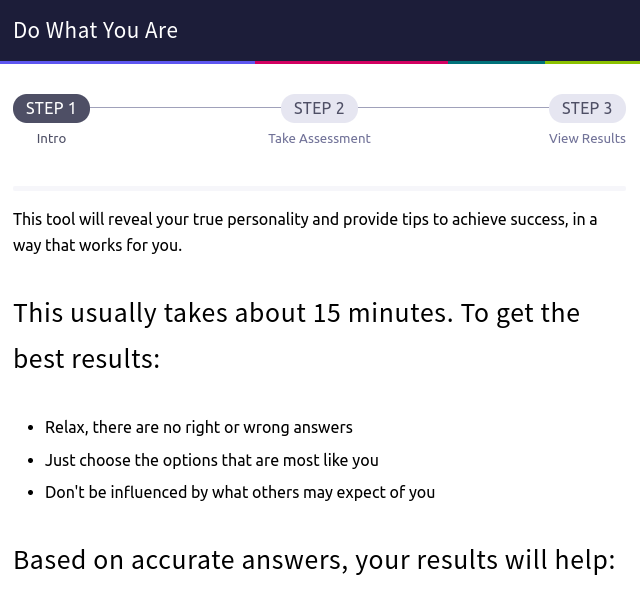A Closer Look at Extraversion and Introversion
February 8, 2021
Many FLHS students are familiar with the terms “introvert” and “extravert,” as the majority of students took the Myers Briggs Test on Naviance during the beginning of the college and career process. Out of the four categories, Introversion/Extraversion, Sensing/Intuition, Thinking/Feeling, Judging/Perceiving, student’s scores resulted in one out of the 16 possible personality combinations. However, students are not as aware of the scientific aspects behind the terms: introversion and extraversion. To gain a better understanding of these two personality types, take a look at the definition and science behind these two terms.
There are many theories of introversion and extraversion, including the Big Five School of Personality, in which personality is classified into five primary traits: extraversion (also spelled extroversion, according to Scientific American), agreeableness, openness, conscientiousness, and neuroticism. However, many consider Carl Jung to be the theorist who most accurately defined personality.
In 1921, Swiss psychologist, psychiatrist, and founder of analytical psychology, Carl Jung, published a book called Psychological Types, popularizing the terms introvert and extravert as the essential building blocks of personality. According to Jung’s theory, an introvert is a person whose interest is generally directed inward toward his or her own feelings and thoughts, in contrast to an extravert, whose attention is directed toward other people and the outside world.
Despite the varying theories and definitions, scientists agree on key differences in stimulation and other aspects of the human brain.
The brains of introverts and extraverts respond differently to dopamine, a neurotransmitter released by the brain that acts as a chemical messenger between neurons. Introverts and extraverts have the same amount of dopamine available, but diverge in the dopamine reward network.
Dopamine is more active in the brains of extraverts than introverts, so the level of dopamine varies for these two personality traits. Extraverts have low sensitivity to dopamine and need more to feel that enthusiastic rush of excitement and energy. Introverts are highly sensitive. What may seem like little amounts of dopamine for extraverts makes them feel overstimulated to the point of stress and anxiety.
Similar to the response to stimulation, the processing of stimuli is also different. Information passes through “quick response” areas of the brain where taste, touch, sight, and sound are processed. However, “for introverts, the pathway may be longer, traveling through many areas of the brain, including the Right Front Insular area associated with empathy, self-reflection, and emotional meaning, Broca’s area, which plans speech and activates self-talk, the right and left front lobes, which select, plan, and choose ideas or actions and develops expectation, and the left hippocampus, which stamps things as ‘personal’ and stores long-term memories.”
On December 12, 2012, a study published in the Journal of Neuroscience titled, “Individual Differences in Amygdala-Medial Prefrontal Anatomy Link Negative Affect, Impaired Social Functioning, and Polygenic Depression Risk” found that introverts have larger, thicker gray matter in their prefrontal cortex—the area of the brain associated with abstract thought and decision making—while extraverts have thinner gray matter in that same area.
This science suggests that introverts and extraverts diverge on a biological level as well as a social level.
Whether an extravert, introvert, or somewhere in between on the personality spectrum, a personality type does not define one’s identity. Personality types can be used to form relationships filled with self expression and compassion for one another because ultimately, humans seek for connection.
To learn more about introversion and extraversion, listen to a podcast on personality types, by our very own Prospect Staff Writer and Entertainment Editor, Sarah Chen


